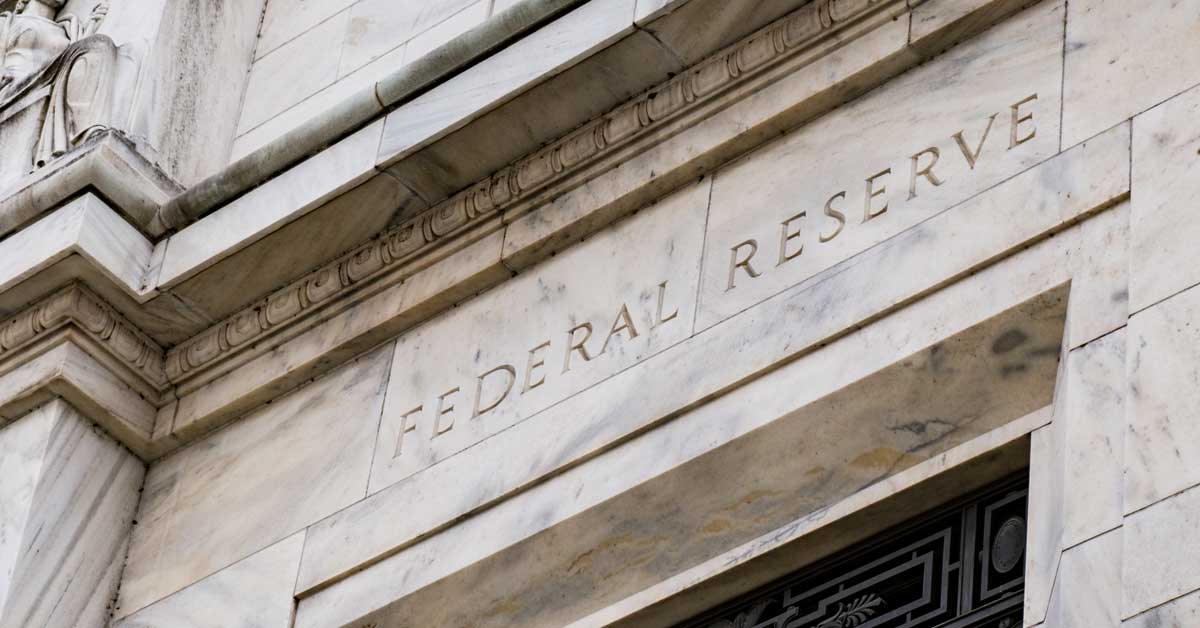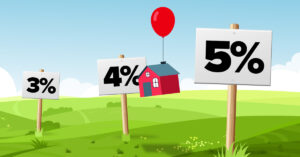Last week’s 25-basis-point interest rate increase from the Federal Reserve was a discouraging result for many in the mortgage industry, but according to Marcus & Millichap, there’s a silver lining moving forward for commercial real estate investors.
While the increase marks the ninth rate hike in the past year, the combined interest rate gain of 50 basis points thus far in 2023 is a much more measured pace than the one seen last year. Consider, for example, that in the fall of 2022, the Fed raised interest rates by 225 basis points in a period of 98 days. Moving forward, Marcus & Millichap opined that the central bank is likely to be just as cautious, if not more so.
For one thing, while the Fed elected not to pause rate increases in light of recent instability in the banking sector, it will still need time to assess the full impacts of disruptions to that industry. Indeed, Marcus & Millichap noted that the Federal Open Market Committee (FOMC), which sets interest rate policy at the Fed’s regular meetings, recently omitted previous language that indicated ongoing rate hikes in its latest post-meeting statement.
Even without a recess from rate jumps, more consistency in the federal-funds rate picture would give lenders and borrowers more time to agree on terms. Diminished uncertainty on interest rates could couple with recent downward pressure on the 10-year Treasury to offer a more favorable rate environment for commercial real estate borrowers. Capital costs remain invariably higher, giving property investors less leverage, but asset demand should usurp the concerns for prime assets. And most sectors still exhibit solid fundamentals for the long term, even if some property types — such as the recently beleaguered office sector — are raising anxieties.
Meanwhile, even as lenders are likely to show restraint in the near term due to the aforementioned banking turmoil, concern for commercial-property distress isn’t a risk factor for banks, per Marcus & Millichap. A “wave of distress” remains unlikely, according to the company, with current distress still at 1% of recent sales, a far cry from the 20% peak after the global financial crisis of the late 2000s.
And Fed Chair Jerome Powell specifically noted after last week’s FOMC meeting that banks with large commercial real estate holdings aren’t comparable to Silicon Valley Bank. Much of the debt set to mature this year is backed by commercial mortgage-backed securities, with banks holding more commercial real estate debt slated to mature in 2024 or later, when the interest rate picture could be much improved.






